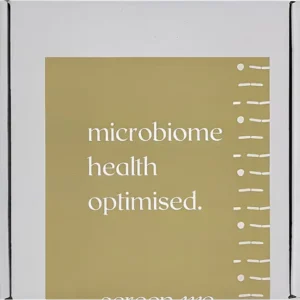NEW ARTICLE SUMMARY: Population-level analyses identify host and environmental variables influencing the vaginal microbiome
Published: February 2025
What was studied?
Researchers conducted a large-scale cross-sectional study involving 6,755 Chinese women to explore how various host and environmental factors influence the composition of the vaginal microbiome.
Using 16S rRNA sequencing, they aimed to identify key variables affecting microbial communities in the vagina.
Influence of host & environmental variables
Out of 81 variables studied, 24 showed significant impact on vaginal microbiome diversity and composition.
These included:
- Bacterial vaginosis (BV): The strongest disruptor, linked with increased microbial diversity and reduced Lactobacillus dominance.
- Age, BMI, parity, menstrual history, and lifestyle factors all played roles in shaping the vaginal environment.
Age-related microbiome shifts
Around age 45, notable shifts occurred—likely due to hormonal changes or cumulative life events.
Lactobacillus crispatus dominance decreased with age, while non-Lactobacillus species increased, potentially raising BV risk.
Further analysis indicated that factors like parity (number of childbirths) and lifestyle choices mediated these age-related changes.
Vagitypes & reproductive health
The team identified 13 distinct “Vagitypes“.
These different ‘vagitypes’ showed different reproductive outcomes. Women whose microbiomes were dominated by Lactobacillus iners or Lactobacillus jensenii tended to have better reproductive outcomes. For example, they had significantly higher live birth rates (53.40% and 59.09%, respectively) compared to those dominated by Fannyhessea vaginae (21.43%).
Conclusion
This comprehensive analysis underscores the complex interplay between host factors, environmental influences, and the vaginal microbiome.
Understanding these relationships is crucial for developing targeted interventions to promote reproductive health and address conditions like BV.
Fariba Khonsari




